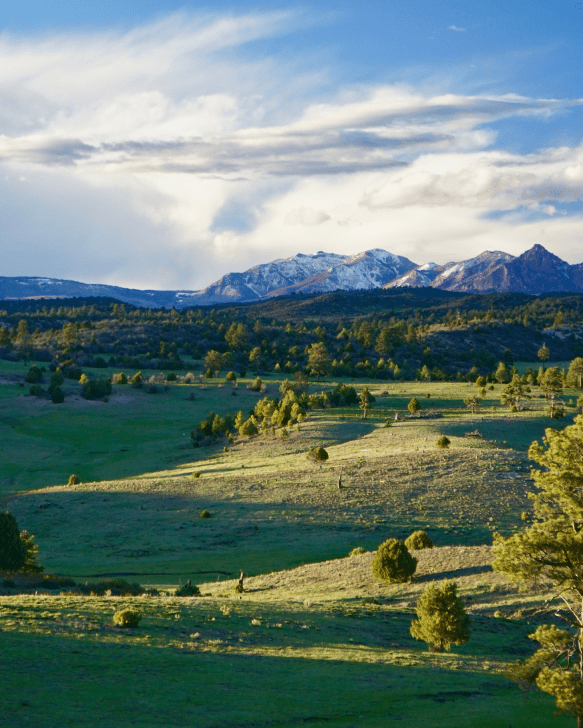It’s past time to zero-in on our Springtime Checklist for Cattle Management. Here we are between winter and spring and early calves have us scrambling. Baby, it’s cold outside and those little calves need protection. So, let’s begin with cleaning, recovery, and our prep list to be sure we think of all aspects of cattle management.
Afterall, to help performance and potential for profit on our cattle ranches, we’d better be diligent. Keep correct birthing and health records. Create schedules and follow them. Pay attention to grazing pastures and good nutrition. And we’ve learned that putting resources into buying productive bulls and heifers really pays off. As we become better organized, our cattle operations reap the benefits.
Checking your List
Getting organized means perfecting your springtime checklist. Here we talk about the calving process, health checks, bull calves, pasture management, and ongoing profit/loss checks. These aspects dominate the spring calving season on our cattle farms and ranches. Use this information to start a checklist or to bolster your own checklists.
Calving Birth Process
Clean up the barn and have hot water available. We take the breeding heifers to the calving area about 10 days before they are due. As the calving began, we keep a close eye of those heifers, watching for eminent deliveries or struggles. After any birth, we apply an iodine solution to the newborn’s navel area. We tag the ears to keep our cow/calf units together. And we keep records of the procedures for each cow and calf.
As we make space for later calves, we move the heifers and their new calves to clean pastures or warmer quarters. The cow feed gets a dose of mineral and vitamin mix until it’s replaced with a lactation ration within two weeks. This process continues through March, April, May, and June. When it gets warmer and hotter, flies can become a problem. How will you deal with them?
Health Checks
Our ranch hands examine each new calf. On an ongoing basis, they closely watch for scours or any breathing problems. Sometimes we need to help with nursing as calves cannot break down feed until they are two months of age. To improve growth before weaning, we offer creep feeding at 3-4 months of age. In an area away from the cows, we offer grain or forage for 80-120 days.
In addition, cattle ranchers know to look over the mothers, keeping an eye out for prolapse and making sure they shed the placenta. We vaccinate either before or after birth to prevent diseases such as scours, enterotoxaemia, or enteritis from taking hold of the herd. Body condition scores during calving can alert us to the cows who have calving or other problems for culling purposes. By April we’ve found replacement heifers.
Bulls
Check the bulls. Make sure they are fertile and breeding. In two months, we castrate the bull calves and dehorn them if needed. When away from the cows, young bulls receive grain supplements. After 45-50 days, we separate the bulls from the heifers.
Pasture Management
As spring warms up a bit, we turn our attention to pasture management. Research the proper stocking rate for your cattle ranch. Make sure the water supply is sufficient for your herd. Somewhere away from the water supply, stage free choice salt.
Pastures must feature enough growth for supplying necessary nutrients. Do you have areas of native grasses and tame pastures along with wooded areas? It’s good to rotate the grazing areas so pastures recover between grazing periods. Rotations offer more seed-producing grasses and flowering plants, signs of greater nutrient density. In addition, ranchers need be aware of magnesium deficiency caused by grass tetany and supplement the feed with magnesium oxide.
Ongoing Health/Profit Practices
Cattle ranches with large herds increase profits by vaccinating, castrating, implanting, and deworming. Just think. Profits increase 120 percent if farms and ranches practice these four habits. Smaller cattle ranches (less than 50 heads) often opt out of modern practices, causing themselves to lose thousands of dollars a year.
Studies by Texas A&M show that castrating cattle increases net cash income by 31.8 percent each decade. They castrate bull calves and implant all calves. Cattle operations that deworm their stock improve profits by another 20 percent. And if they use clostridial vaccinations against blackleg for all calves, the profits increase 63.7 percent.
Other vaccinations include vibriosis, leptospirosis, IBR, BVD, MLV, blackleg, malignant edema.
Putting Spring in Order
Keep good records during calving season. Depending on your exact location, here’s order calving operations beginning with getting the most-ready mothers to the calving area. When one goes into labor, keep a close eye. Watch for scours, breathing, or calving problems and record body conditions. With good records, you’ll know when to put mothers on a lactation ration (10-15 days after birth). All the while, be certain cows have released the placenta and avoided prolapse.
Plan how you will manage your pastures and feed. Remember to wait until spring growth offers enough nourishment for the cattle. All the while, be thinking of what you need to plant for winter supplies. Be aware of grass tetany problems so you can feed magnesium oxide.
Decide when you will implement creep feeding, wean, and vaccinate and use hormone implants. Mark problem mothers. We separate them out and search for replacement heifers. As the season rolls on, breed yearling heifers, about 3 weeks before cows. We implant steer calves and make plans to sell or manage dry cows.
There you have it. The cycles repeat, keeping us on our toes all through spring.
Brokers – Rocky Mountain Cattle Ranches
Buying or selling a cattle ranch? Call Harrigan Land Company at 303-908-1101. Dave Harrigan and Hunter Harrigan have decades of experience in cattle ranch brokerage.
Harrigan Land will find the perfect cattle ranch property to meet our clients’ present and future goals. A successful cattle business needs a quality cattle ranch. Cattle businesses in western states like Wyoming, Colorado, and Montana drive the western economy.
~ ~ ~
Mangas Ranch for Sale in New Mexico – Hunting & Cattle Ranch
Cattle ranches for sale in the Rocky Mountains supply multiple potential streams of income. Hunting trophy elk, fishing, equestrian, and cattle operations often make best use of the variable terrain. For example, the stunning Mangas Ranch in west-central New Mexico. It lies west of Albuquerque and Santa Fe and east of Phoenix.
The 50,000-acre Mangas Ranch includes abundant water rights that enable its success as a mid-sized cattle operation. Two irrigation wells, three pivots to irrigate up to 164 acres for livestock, crop production, or wildlife. And the water on Mangas Ranch also contributes to its reputation for enormous bull elk.
Imagine owning a NM cattle ranch with 50,000 acres (25,000 deeded) including a 6,000 sq. ft. log lodge, a new two bedroom home, two manager’s houses, and cattle facilities.
Price: $21,250,000.


